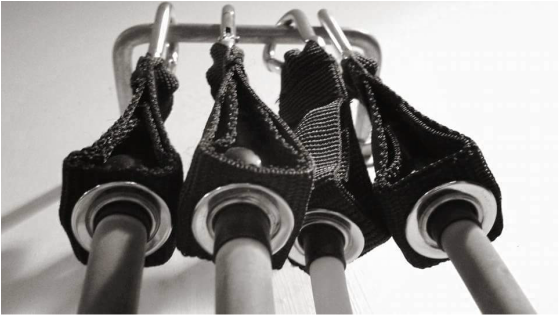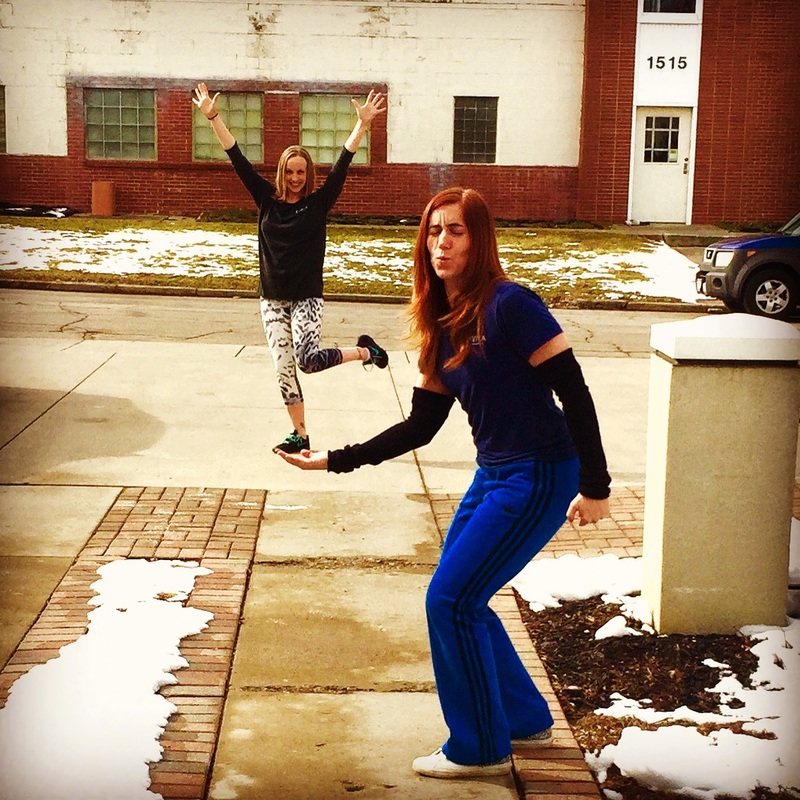When it comes to creating a plan and following that plan, it can sometimes be quite difficult to stay on track. Something gets in the way and alters the course of the plan, often putting the plan on hold (temporarily, we tell ourselves) and end up changing the parameters of the plan. It’s almost like everything and everyone around us are sabotaging us…like nobody wants us to succeed! Frustrating! But a lot of times, I find that if we look ourselves in the mirror, we’ll find the biggest culprit of all. We can be our own worst enemy. What’s holding us back is often times in our own control, and what we end up doing is make excuses for ourselves to cover the guilt, or redirect the blame for not staying on course.
Of course it’s difficult. No one ever said that it’s easy or that it gets much easier (people say it gets easier, but more on that in a bit) when it comes to following a fitness or dietary plan. It can be a rollercoaster ride of emotions, actually. You’ll have your ups, you’ll have your downs, you’ll have that point where you just want to hop off mid-ride because you just can’t take it anymore. But when you do quit, what makes you think it’ll be different the next time around? I hear from people all the time say something like, “oh, when I start back up, it’ll be different and I’ll do much better!” Ok, that’s great! But what makes you think you’ll do any differently than before? What has changed? There are still 24 hours in a day and you’re still busy as ever, so really nothing has changed except for your excitement for change. When you start a fitness program, a lot of times you’ll feel excited and motivated to change, but we all know that doesn’t last. Exercise and you can be a very difficult relationship. It starts off great, but the love and attention that it deserves starts falling behind and the next thing you know the two of you are “taking a break.” Sad.
I do hear people tell others that it gets easier and you just need to, “get in a routine and it becomes just part of your schedule.” Getting into a routine gives the illusion that it’s easier, but it isn’t necessarily easier. You’re still grinding the 9-5 and tired as ever at the end of the day, aren’t you? We all know that it’s much easier to plop down in front of the TV after work, or head out with coworkers to happy hour than to drive to the gym, whether exercise is on your schedule or not. Oh, you’ve been good lately so you’ll just skip the gym today and make up for it later? You’ll skip tomorrow, too? You have been good lately, haven’t you? Skipping a day or two is great. Mental and physical breaks are necessary, but once you get a taste of skipping your exercise, you have to make sure that it doesn’t derail your plans. You made a promise to yourself to go the following day, so make sure you do because it can easily fall apart from there.
Keeping the motivation is hard. Sticking to a plan is hard. As a fitness trainer, it’s assumed that we know all the answers to stay motivated and to make sure things don’t fall apart. But we have a hard time as well. We’re only human. So, I’d love to hear what some of you use to stay motivated and to keep kicking butt! It can be small things that you see or hear that tempts you to keep pushing on. I remember waking up one weekend with the sun shining on my face and thinking, “man, what a beautiful day! I’m going to get my run in early so I can enjoy the day!” Kind of cheesy, I know, but just seeing the sunlight got me motivated to do my cardio. So let’s hear ‘em, folks. Your ideas for motivation, big or small, just may help others who are struggling to find the light. Let’s help each other stay on course! Ready…go!
- Drew



 RSS Feed
RSS Feed
